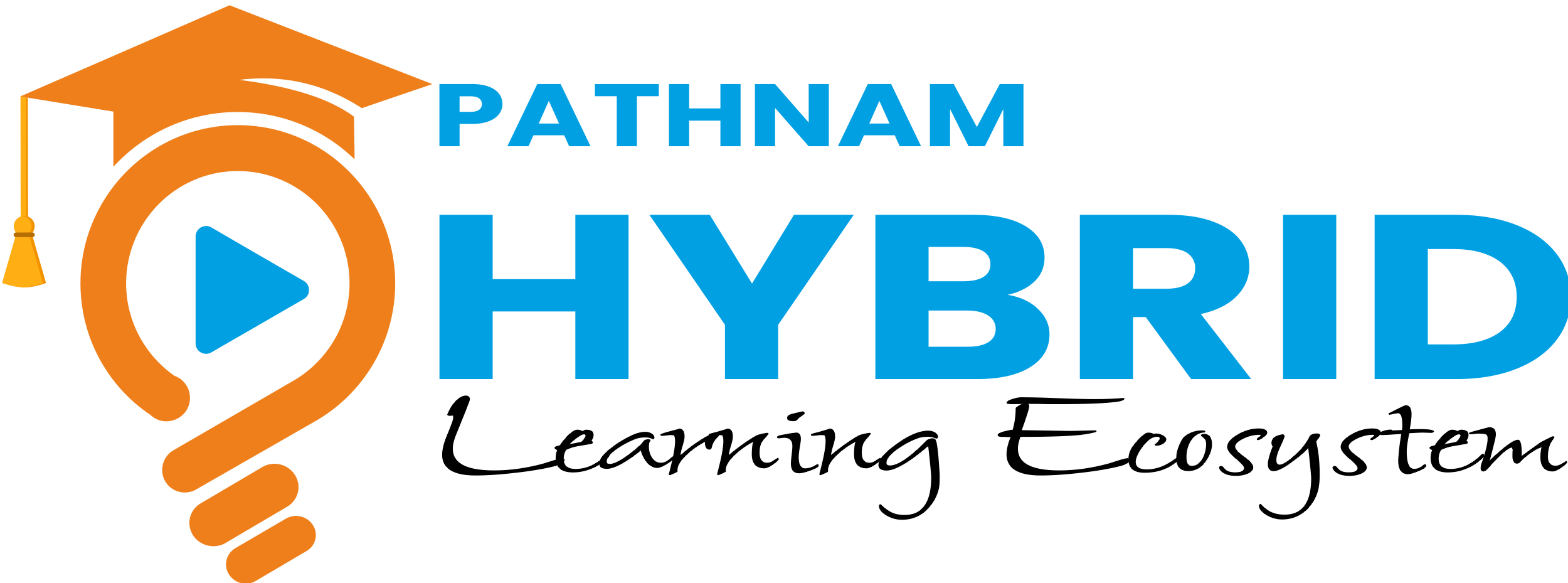Learning Management System & Beyond
The Hybrid Learning Model
Enhanced Learnings
Hybrid learning, also known as blended learning, is becoming increasingly popular in education worldwide. This approach combines traditional classroom instruction with online learning, offering a range of benefits for everyone in the students’ learning ecosystem; students, teachers, parents, and the school. In this guide, we’ll explore the advantages of hybrid learning and how it can significantly enhance the educational experience.
What is Hybrid Learning?
Hybrid learning, also known as blended learning, is an approach to education that combines traditional classroom instruction with online learning. The goal of hybrid learning is to provide a more flexible and personalized learning experience that meets the needs of individual students.

Pathnam a Learning Ecosystem
Click Here to See Video >>

Knowledge Extensions
Advantages of Hybrid Learning.
One of the main advantages of hybrid learning is flexibility. Students can complete coursework online at their own pace, which can be especially helpful for those with busy schedules or other commitments, like drawing or karate class at home. Additionally, hybrid learning can provide a more personalized learning experience, and students can have their own learning style suited to their personality. Also, students can receive individualized attention from teachers both in person and online.
Finally, especially in the longer run, hybrid learning can be more cost-effective than traditional classroom instruction, as it reduces the need for physical classroom space and resources.
- More Interactive Knowledge Transfer
- Extended Knowledge Transfer Sessions
- More Involved Students & Parents
Extending Knowledge to Every Student of the Class
Seamless & Continuous Flow of Knowledge & Information
Pathnam The Learning Ecosystem
Disadvantages of Hybrid Learning.
While there are many advantages to hybrid learning, there are also some potential disadvantages to consider. One of the biggest challenges is the need for reliable technology and internet access, which can be a barrier for some students. Additionally, hybrid learning can require more self-discipline and motivation than traditional classroom instruction, as students must manage their own time and stay on top of online coursework. Finally, hybrid learning may only be suitable for some subjects or learning styles, as some students may prefer the interaction of traditional classroom instruction.


Pathnam The Learning Ecosystem
Traditional Learning: Advantages and Disadvantages.
Traditional learning, also known as classroom instruction, has been the standard approach to education for centuries, and it’s long overdue for a disruptive change. One of the most significant advantages of traditional learning is face-to-face interaction with teachers and peers, which can enhance learning and provide valuable socialization opportunities. Additionally, traditional learning can provide a predictable environment that some students may find more comfortable and conducive to learning.
However, traditional learning can also be inflexible and incomplete as it may not accommodate the needs of all students, depending mainly on their class attentiveness, their own learning abilities, interest in the subject, and even, sometimes, interest in the teacher.
lorem ipsum
Lorem Ipsum is simply dummy text
Pathnam The Learning Ecosystem
Which Learning Method is Right & Why?
While there are many advantages to hybrid learning, there are also some potential disadvantages to consider. One of the biggest challenges is the need for reliable technology and internet access, which can be a barrier for some students. Additionally, hybrid learning can require more self-discipline and motivation than traditional classroom instruction, as students must manage their own time and stay on top of online coursework. Finally, hybrid learning may only be suitable for some subjects or learning styles, as some students may prefer the interaction of traditional classroom instruction.
Hybrid Learning, however, introduces more learning dimensions, such as a more flexible and self-directed approach to learning and being comfortable with technology.

